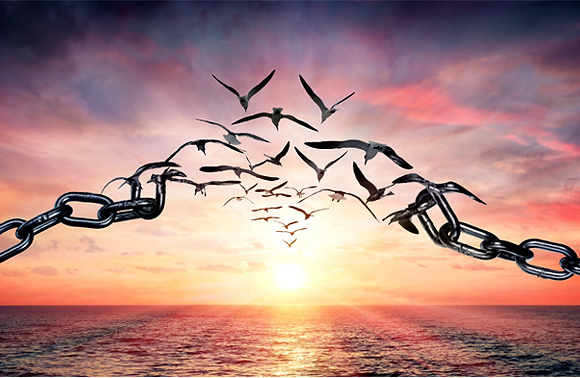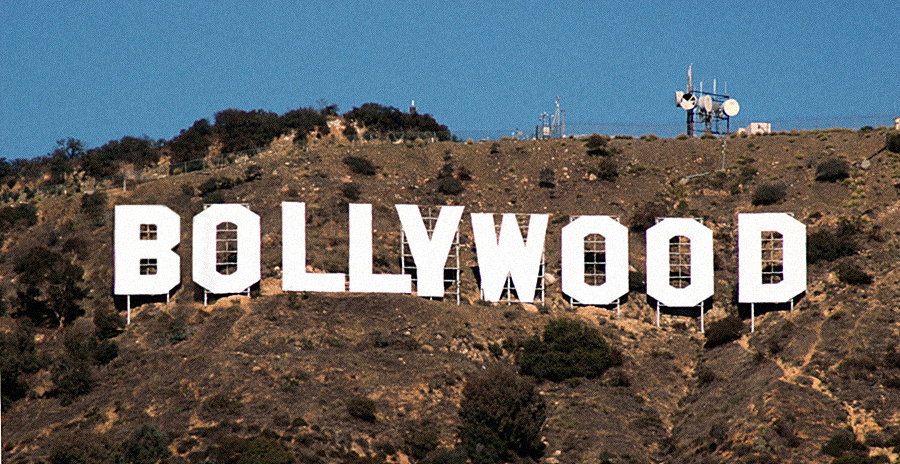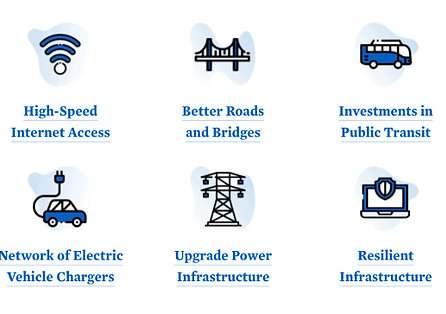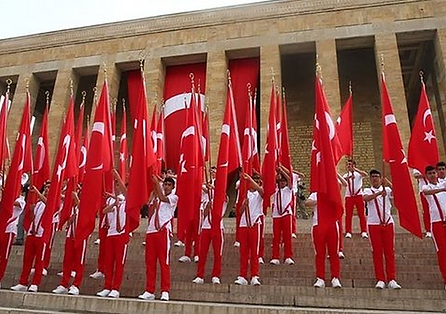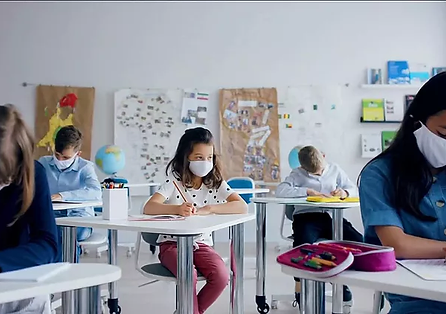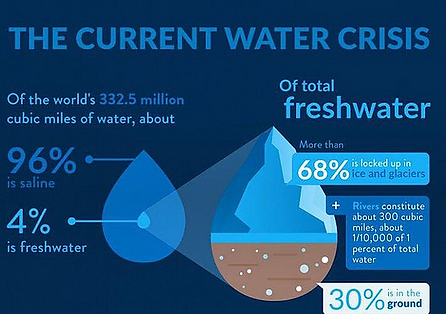
Global Water Crisis

SHOCKING FACTS
22nd of March is a special day: Global Water Day. On that day, the importance of water will be taught to kids by singing songs, drawing paintings at schools, while water resources are being poisoned. Special clothes for water will be bought, while cotton wastes water a lot. Considering these facts, today, a celebration of that day is not more than a birthday celebration.
Statistics are extremely shocking: Roughly 75% of our planet’s surface is covered by water; however, 97% of it is useless owing to the fact that they are salted (Actually, it can be used, is going to be explained below). Only 3-4% of water is fresh in nature, yet 68.7% of water is located in glaciers and snow, 31% of water is under the ground, which means 0.3% of unsalted water is available to consume.
*An infographic about the water crisis
In spite of the fact that consumption of water is not in different countries in the world, an average person uses 0.2% of water to drink, 4.2% of water for cooking, bathing and cleaning, 30.6% of water for products (car, bicycle, television, etc.), and 65% for food in his/her lifetime. To exemplify, a tomato requires 13 litres, an apple requires 70 litres, a hamburger requires 2400 litres, a t-shirt requires 2700 litres, and a car requires 400000 litres of water in order to be produced. As it is mentioned before, there are different habits of water usage in different cultures such as the United States of America with 7000 litres, the United Kingdom with 3000 litres, and Botswana with 1500 litres of water per day.
Now that a serious crisis affects everyone worldwide whether being aware of it or not, countries have been trying to reduce the adverse impacts of lacking water. Nevertheless, in most cases, governments give importance to economic and political concerns more than sustainability. That’s why, many hurting consequences occur, and our precious planet gets damage.
LAKE ARAL
Located in Central Asia between Kazakhstan and Uzbekistan, the Aral Sea was one of the biggest lakes in Central Asia. Actually, the Aral Sea had been the fourth biggest lake in the world (That’s why it is called a sea) until the 1960s. During the Soviet era, the water of the rivers called the Amu Darya and the Syr Darya, which feed the Aral Sea, was used for irrigation in order to produce cotton and rice in steppes. At first, it was divided into “the North Aral Sea” and “the South Aral Sea”. The Sea has shrunk to only 3500 km2 in 2005. Then it was separated into four. In 2014, the lake lost its eastern part, and its southern part became narrower.
Many attempts have done about the Aral Sea; unfortunately, it has been too late to refill it. Nowadays locals call this area “Aralkum Desert” instead of a “sea”. Once upon a time, fishermen were fishing in today’s deserts. Since fishing and agriculture were damaged, the economy of that region affected adversely. Furthermore, lacking water altered the climate. More dust storms begin to occur. It seems that the Aral Sea is no longer a suitable place to live.
EUPHRATES AND TIGRIS
Maybe Euphrates and Tigris are the most significant rivers in history as their role in civilization cannot be ignored. First civilizations such as Sumer and Babylon were born here. These rivers were an infinite resource of water for Mesopotamia. On the other hand, today, the situation is totally different. There are three countries that have to share the water: Turkey, Syria, and Iraq. Despite this, the Tigris-Euphrates Basin is shared by three more countries: Iran, Kuwait, and Saudi Arabia.
*The map of the Tigris-Euphrates Basin
Both rivers emerge from Turkey; therefore, Syria and Iraq are dependent on their important water resources. Such a dependence deeply concerned Syria and Iraq after Turkey began the Southeastern Anatolian Project (GAP), which consists of 22 dams. Turkey claims these dams are vital for irrigation in the aimed area; on the other hand, they limit the amount of water for the other countries. Owing to the fact that Euphrates and Tigris are also vital and the water is not enough for this high population, the division of water generally poses political and social conflicts between these three countries.
AFRICA: THE NILE
The Nile is absolutely the main supporter of the Ancient Egyptian Civilization. Thanks to its sufficient but unstable dynamics, Ancient Egyptians developed themselves in agriculture and technology. That such power is a reason for the conflict is precise.
*A map of the Nile
Five countries share the Nile: Uganda, Ethiopia, South Sudan, Sudan, and Egypt. Since Egypt is the most industrialized and the last country that the river crosses, it is the most dependent country in these five countries. What’s more, the Nile is the only freshwater resource for Egyptians. Consequently, any other country that wants to control the river concerns and angers Egypt, as can be seen in Ethiopia’s Renaissance Dam.
Although 86% of the Nile water emerges from Ethiopia, they could benefit from only 3% of it. Ethiopia aimed to provide electricity and freshwater to the whole citizens, and fully support the development of the country. However, this dam has adverse impacts on Egypt. With a 20-40% loss of electricity production in Egyptian dams, especially the Aswan Dam, which is the biggest dam in Egypt and the second biggest in the Nile just after the Renaissance Dam.
*Renaissance Dam in Ethiopia
Filling the reservoir began in July 2020 even though negotiations haven’t come to an end. Every attempt was failed because everyone accuses the other in those talks. Today, nothing is certain in this region except the fact that the river cannot please every single political power.
AN EXPENSIVE BUT EFFECTIVE METHOD: DESALINATION
Countries such as Israel, Saudi Arabia, Singapore, United Arab Emirates, and the United States provide fresh water by desalinating the salty water in seas and oceans. Although this method requires too much energy, an infinite amount of water can be used. This method seems to be the best solution in order to prevent water crises, yet some experts claim planning water potential is enough in most cases. According to them, desalination should be done countries only don’t have any potential and another way.
*The process of desalination
WHAT TO DO
Research shows that by 2030, the amount of freshwater will supply 60% of people, which means everyone has to take an action immediately. The global water crisis is not a joke with personal and multi-national aspects. With a few changes mentioned in the infographic below in lifestyles, water waste can be reduced, and used efficiently. After considering all the tips, the 22nd of March can be celebrated with a pleased heart. Last but not least: Save the water, save the planet!
